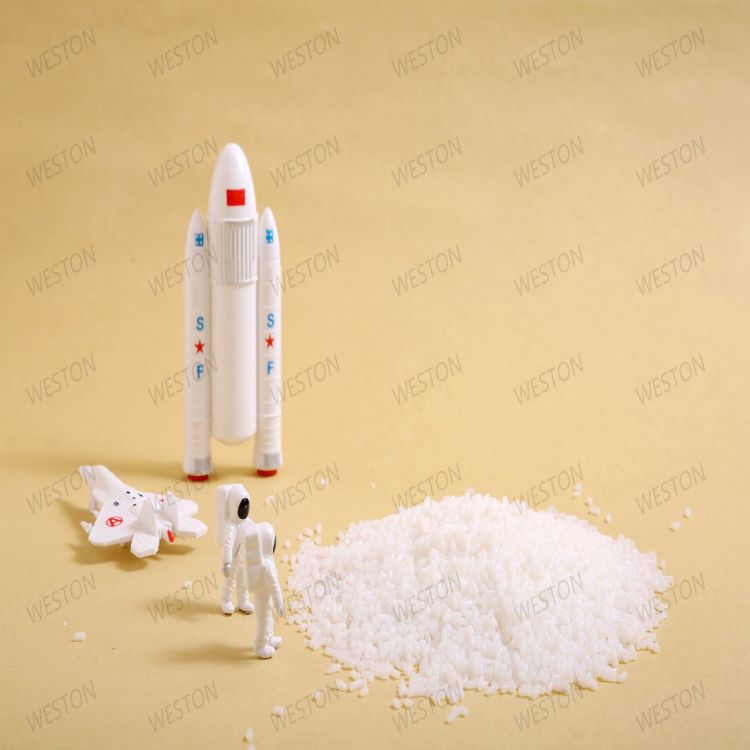-
Categories
-
Pharmaceutical Intermediates
-
Active Pharmaceutical Ingredients
-
Food Additives
- Industrial Coatings
- Agrochemicals
- Dyes and Pigments
- Surfactant
- Flavors and Fragrances
- Chemical Reagents
- Catalyst and Auxiliary
- Natural Products
- Inorganic Chemistry
-
Organic Chemistry
-
Biochemical Engineering
- Analytical Chemistry
-
Cosmetic Ingredient
- Water Treatment Chemical
-
Pharmaceutical Intermediates
Promotion
ECHEMI Mall
Wholesale
Weekly Price
Exhibition
News
-
Trade Service
1.
Definition of farmland soil
Soil is an important part of the environment, the basis of human existence and the place of activity
.
Farmland soil is the agricultural land used to grow various food crops, vegetables, fruits, fiber and sugar crops, oil crops, flowers, medicinal materials, and forages
2.
Farmland soil sampling standards
The collection and processing of soil samples is an important part of soil analysis
.
Collecting representative samples is a prerequisite for truthfully reflecting the objective conditions of the regional plots they represent
3.
Collection of soil samples from farmland
(1) Preparation before sampling
1.
Tool soil samples should be prepared with sampling tools before collection, and appropriate sampling tools should be adopted according to the test items
.
There are 3 types of commonly used sampling tools, namely small soil shovel, tubular soil auger and ordinary soil auger (Figure 1-3)
(1) Small soil shovel
.
On the cut soil surface, use a soil shovel to collect the same slices from the top and bottom according to the depth of the soil
(2) Tubular soil drill
.
The lower part is a cylindrical open steel pipe, and the upper part is a handle frame
(3) Ordinary soil drill
.
Ordinary soil auger is also more convenient to use, but it is only suitable for moist soil, not for very dry soil, and also not suitable for sandy soil
Figure 1-3 Sampling tool
Figure 1-4 Soil shovel for soil removal
2.
Equipment and stationery comprising a GPS locator, tape, bags, bags, a soil sample label (FIGS.
1-5) a single soil sampling, markers, the sample boxes
Figure 1-5 Soil sample label
(2) On-site investigation
On-site investigation refers to the investigation of the environmental quality of the place of production, production and planting conditions, the distribution of regional pollution sources and pollution control measures, taking into account the natural environment, social economy, industrial and agricultural production and life of the place of production and other factors that affect the environmental quality of the place of production
.
1.
The survey method uses a combination of data collection and on-site surveys to conduct surveys
2.
The survey content mainly includes: ① Overview of the production area, such as the scale of production area, geographical location, topography, soil conditions, planting system, agricultural area layout and surrounding agricultural resources, etc.
; ② The environmental conditions of the production area, such as the natural environment of the production area, industry, Factors affecting agricultural and domestic pollution on the environment of the place of production, factors surrounding the place of production and upstream of the water source or within a certain range upwind from the place of production, etc.
, may have pollution risks
.







